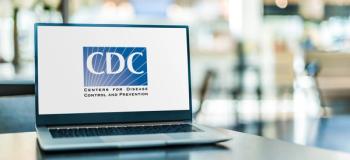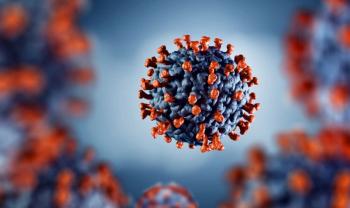
Study Examines Safety, Efficacy of HPV Vaccine in Young Cancer Survivors
Surviving a bout of cancer early in life puts children and teenagers at risk of cancers linked to human papillomavirus (HPV). A phase 2 trial examined how effective a 3-dose series was in providing protection.
Young cancer survivors may find themselves at increased risk for other cancers during the course of their lives, such as the types linked to the human papillomavirus (HPV) especially the ones tied to HPV types 16 and 18. The
Investigators ran a single-arm, open label, noninferiority trial was run at 5 National Cancer Institute-designated comprehensive cancer centers. Potential participants were survivors of cancer; had never received a dose of HPV vaccine; aged 9 to 26 years; and had completed cancer treatment between 1 to 5 years in the past. Participants were given 3 intramuscular doses of the quadrivalent vaccine if they were enrolled on or before March 1, 2016, or the nonavalent HPV vaccine if there were enrolled after that date. Doses were administered at day 1, month 2, and month 6. Primary endpoint was an antibody response to HPV types 16 and 18 at month 7. Responses were considered noninferior if the lower bound of adjusted 95% CI was greater than 0.5for theratio of anti-HPV-16 and anti-HPV-18 geometric mean titers in cancer survivors when compared to the general population.
During the clinical trial, 453 survivors were enrolled and 436 were given at least 1 dose of HPV vaccine. The average age at the time of the first dose was 15.6 years. Investigators also used data from 26,486 general population control participants. They found that the ratio of geometric mean titers for anti-HPV types 16 and 18 among cancer survivors was more than 1 for all age subgroups and within both vaccine cohorts. Additionally, noninferiority criteria was met for each age and sex subgroup with the exception of HPV type 18 among female participants aged 16 to 26 years who had received the nonavalent HPV vaccine. Slightly more than half of the participants reported an adverse event with injection site pain being the most common. Erythema nodosum, which may possibly be related to receiving the vaccine, was reported in the female, 16-26, nonvalent vaccine subcohort.
The investigators concluded that both immunogenicity and safety of a 3-dose HPV vaccine series among young cancer survivors was similar to what is seen in the general population, which would support its overall use in the population.
This article originally appeared in
Reference
- Landier W, Bhatia S, Wong FL, et al. Immunogenicity and safety of the human papillomavirus vaccine in young survivors of cancer in the USA: a single-arm, open-label, phase 2, non-inferiority trial. The Lancet Child & Adolescent Health. November 9, 2021. Epub ahead of print. doi:10.1016/s2352-4642(21)00278-9
Newsletter
Pharmacy practice is always changing. Stay ahead of the curve with the Drug Topics newsletter and get the latest drug information, industry trends, and patient care tips.































































































































